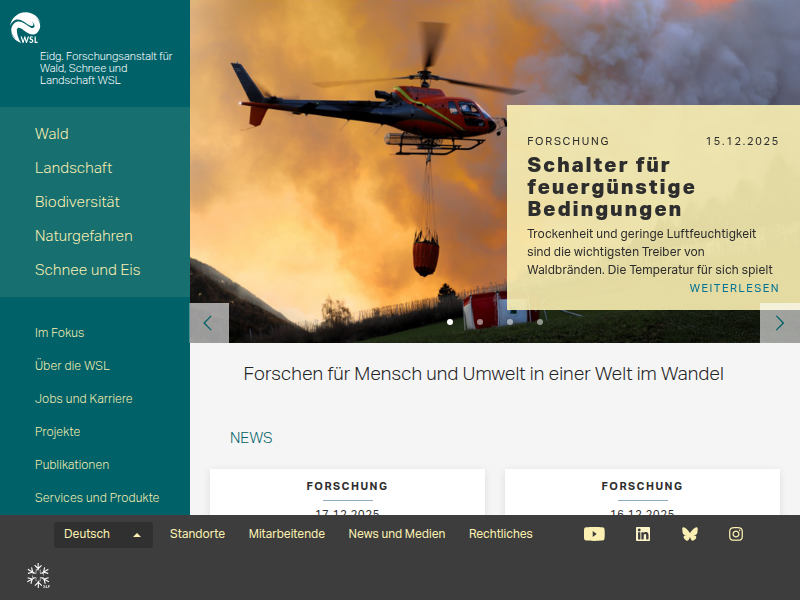Remote Sensing Lecture Series https://www.wsl.ch/de/ueber-die-wsl/veranstaltungen-und-kurse/remote-sensing-lecture-series/
The WSL remote sensing group established a lecture series on current topics in the field of remote sensing. Besides latest developments in remote sensing techniques and sensors, special focus is laid on their usability and relevance for practice.
traditional remote sensing techniques to measure forest structure, innovative methods and models

